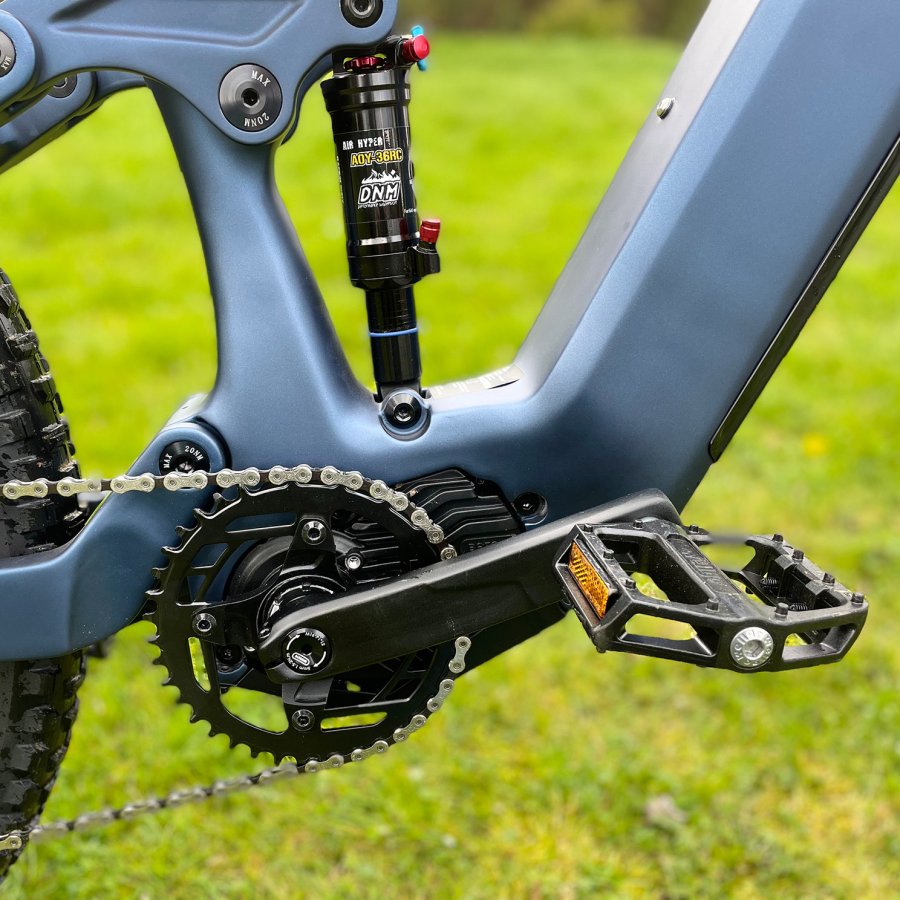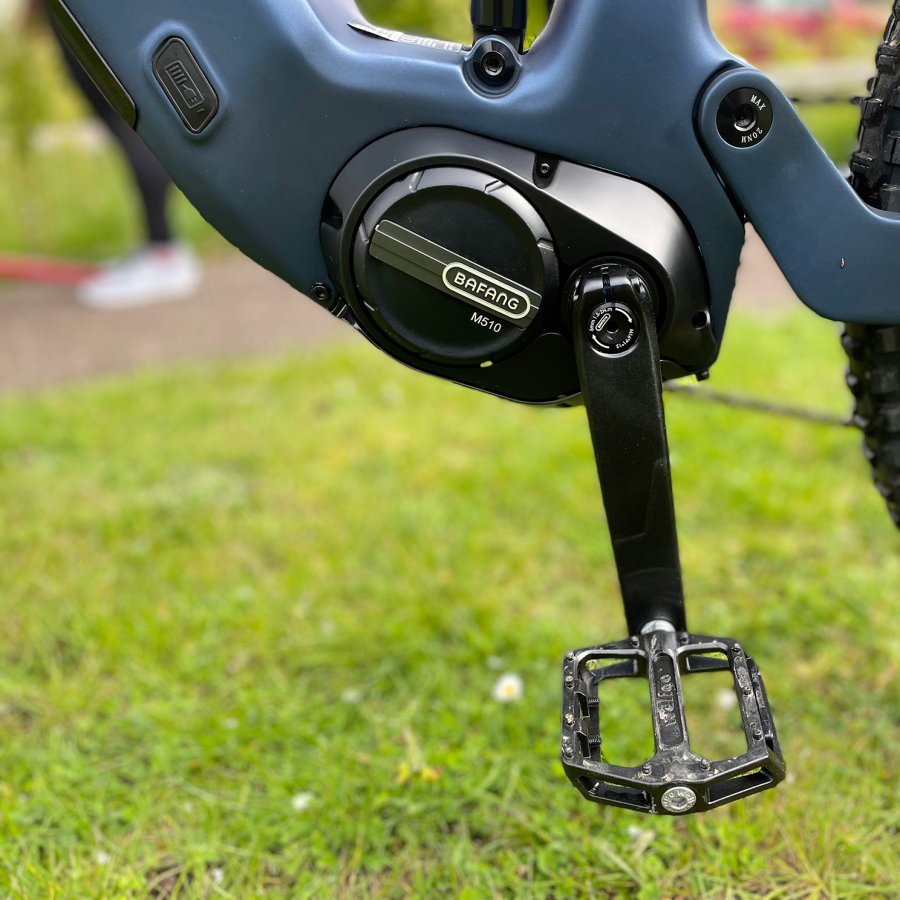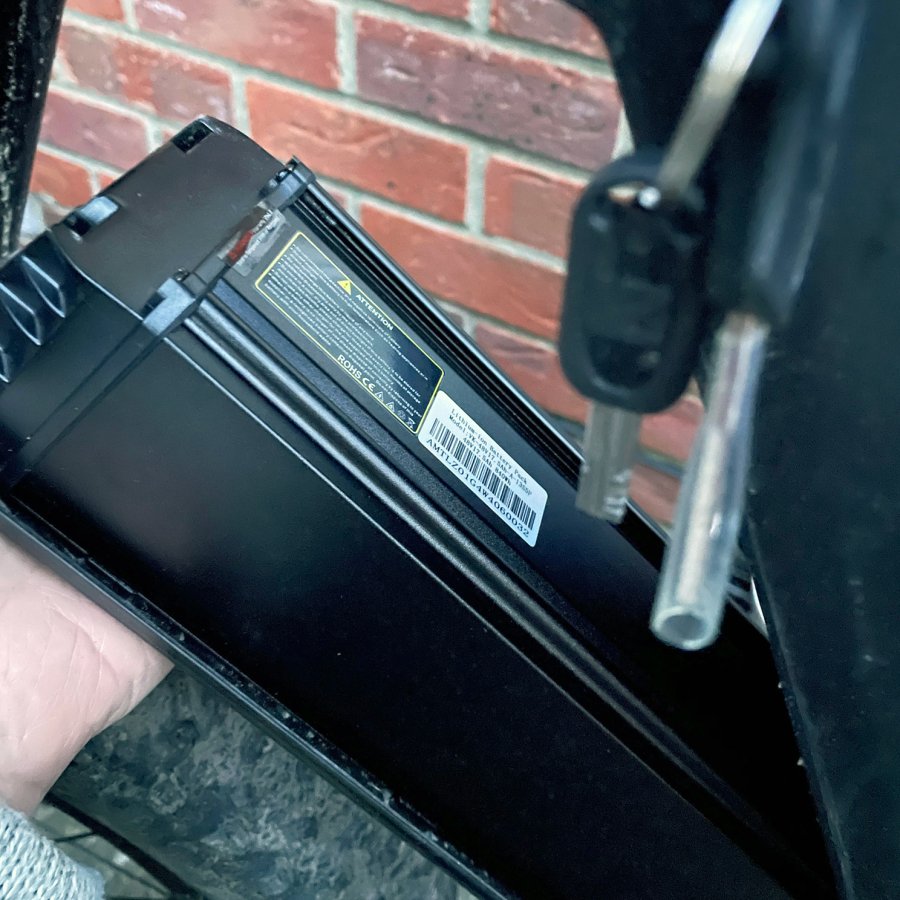Safety and Security
Pedelecs should conform to European safety standards CE EN15194:2017
The intention of EN15194 is to provide electric bike manufacturers with a class of electric bike that is safe to ride on public roads and pathways without the stringent requirements that would normally require registration with the DVLA. This should make the task of choosing the right electric bike a simple case of checking if it has a sticker on the frame with EN15194 written on it.
The problem is that most electric bikes are imported, and diverging regulations have evolved in the EU, UK, US, Australia and Asia, making it difficult for manufacturers to produce electric bikes for a global market. The consequences are that some electric bikes will not have been specifically designed to meet EN15194 standards and may have features that blur the lines of the requirements.
3 Point pedelec safety check

1: Propulsion
The cycle should be equipped with pedals and an auxiliary electric motor, which cannot be propelled exclusively by means of the auxiliary electric motor, except in the start-up assistance mode.
This means that a pedelec can have a throttle, but it cannot be the only means of propulsion, except on start-up assistance or walk assist mode, which is limited to 6km/h. If you can ride the bike using the throttle without pedalling, then this breaches EN15194.
2: Maximum power
The electric motor should have a maximum continuous rated power of 250 Watts, of which the output is progressively reduced and finally cut off as the cycle reaches a speed of 25 km/h, or sooner, if the cyclist stops pedalling.
This means that if you can ride the bike with assisted power from the motor faster than 25km/h, then this breaches EN15194.
The ‘maximum continuous rated power’ is the power output at the rated rpm and specified by the manufacturer to ensure the motor operates without exceeding temperature safety limits. It does not factor in its weight, efficiency or torque, which are important factors for an electric bike; rated power alone is not a good indicator of the motor's performance. If the electric bike does not specify 250W on the sticker on the frame, then this breaches EN15194.


3: Max Voltage 48V dc
Engine power management systems and electrical circuits, including the charging system, for the design and the assembly of electric power assisted bicycles and sub-assemblies for systems should have a rated voltage up to and including 48 V d.c. or integrated battery charger with a nominal 230 V a.c. input.
This means the battery must not be greater than 48 V d.c. and no special requirements with regard to protection against electrical hazards are needed. If the battery is greater than 48 V d.c. then this breaches EN15194. Check for a sticker on the battery that refers to compliance with IEC 62133 or EN 50604-1 or has a CE mark.
Security: Removing temptation from the optimistic thief
LOCKABLE
BATTERY COMPARTMENTLorem ipsum dolor consetuer adipicing sed diam ticidut erat votpat dolor
NO
QUICK RELEASE CLAMPSLorem ipsum dolor consetuer adipicing sed diam ticidut erat votpat dolor
COMPREHENSIVE
E-BIKE INSURANCE PACKAGESLorem ipsum dolor consetuer adipicing sed diam ticidut erat votpat dolor
